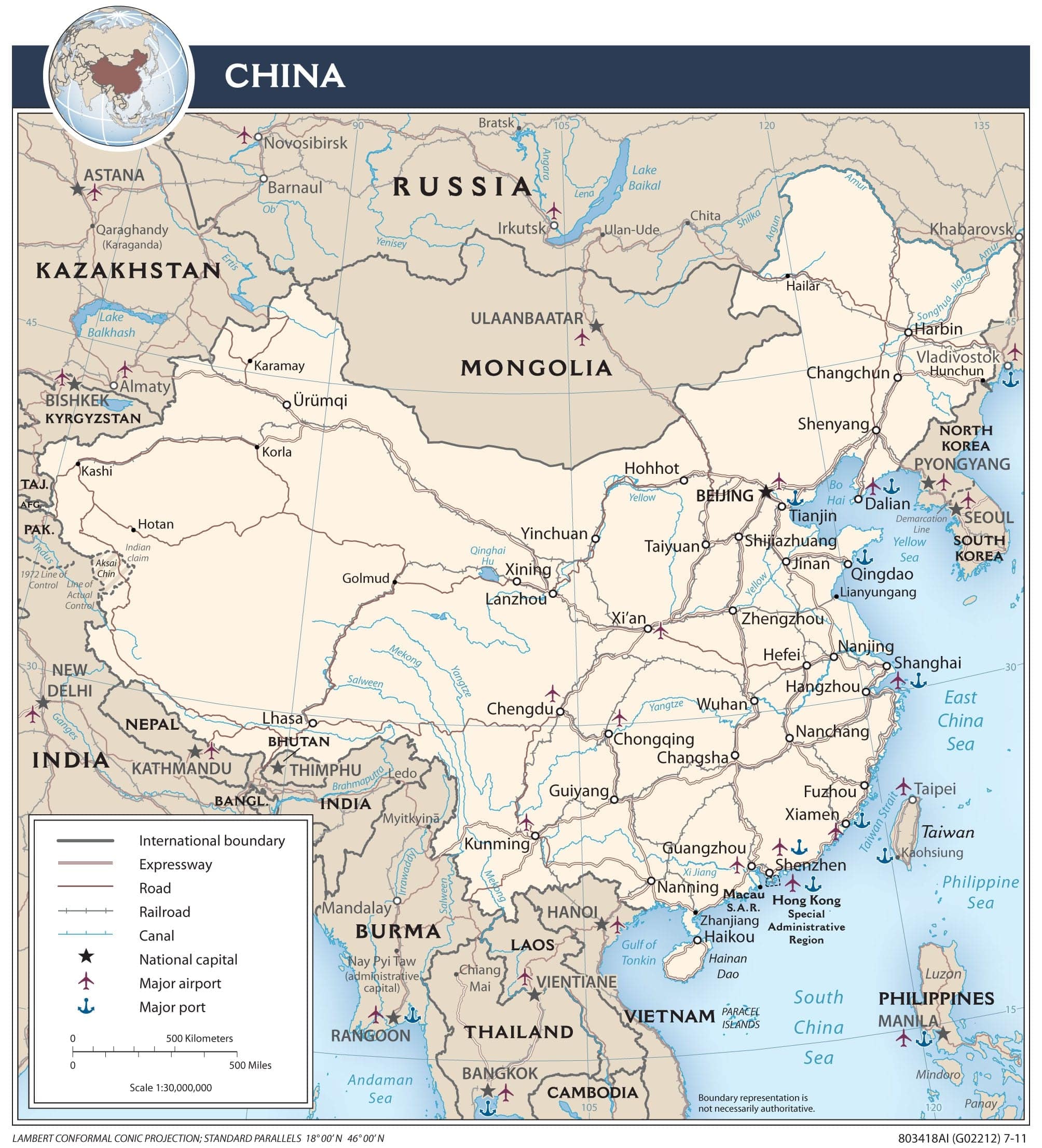
Overview of Huaneng Clean Energy Technology Research Institute
The Huaneng Clean Energy Technology Research Institute (CERI) is a leading innovation hub in China that focuses on the development of advanced power generation technologies. Its primary emphasis lies in renewable energy and clean coal technologies, aiming to address global environmental challenges while supporting sustainable economic growth.
Clean energy plays a pivotal role in shaping a future that is both environmentally friendly and economically stable. By reducing pollution, combating climate change, and enhancing energy security, clean energy offers a viable alternative to traditional fossil fuels. As more countries strive to implement sustainable energy solutions, China has emerged as a key player in this global movement, with CERI at the forefront of its efforts.
Role of CERI in China's Clean Energy Transition
Based in Beijing, CERI is actively involved in the development, construction, and operation of large-scale power plants. The institute is dedicated to advancing clean energy technologies, including solar, wind, and hydro power. These innovations help reduce reliance on fossil fuels, mitigate climate change impacts, and promote sustainable development.
One of the main objectives of CERI is to improve energy efficiency across all stages of power generation, transmission, and consumption. This includes minimizing energy waste and lowering emissions. Additionally, the institute has made significant strides in integrating clean energy sources into the grid, ensuring a reliable and stable energy supply.
CERI has also focused on developing technologies for capturing and utilizing carbon dioxide (CO2). It has established China’s first and largest post-combustion capture facilities in Beijing and Shanghai, as well as completed the country’s first integrated gasification combined cycle (IGCC)-based pre-combustion capture facility in Tianjin. These achievements highlight the institute’s commitment to reducing carbon emissions and fostering sustainable practices.
Expanding Research and Development Initiatives
Looking ahead, CERI aims to continue developing more efficient and cost-effective renewable energy technologies. This includes advancements in bifacial solar panels and floating wind turbines, which can significantly enhance energy production. The institute is also exploring innovative energy storage solutions such as hydrogen fuel cells and advanced battery technologies. These developments are essential for supporting the widespread adoption of clean energy and ensuring a stable power supply.
Smart grid technologies represent another area of focus for CERI. By enabling efficient integration of clean energy sources, these technologies can reduce energy waste and improve grid resilience. Furthermore, the institute is keen on collaborating with international partners to share knowledge, technologies, and best practices. Such collaborations can accelerate the global transition toward a low-carbon economy.
Key Facilities and Collaborations
CERI houses several important research facilities, including the State Key Laboratory for Coal-based Clean Energy and a Beijing Key Lab focused on CO2 capture and processing. These laboratories serve as critical platforms for conducting cutting-edge research and developing new technologies.
The institute actively participates in international collaborations, such as the International Test Centre Network. In April 2025, CERI announced its success in winning a tender for perovskite module equipment, with Hangzhou Alpha Nano Technology, Jidian Guangneng, and Renshuo Guangneng being selected as partners. These partnerships underscore CERI’s growing influence in the global clean energy landscape.
Importance of Public Awareness and Education
In addition to technological advancements, there is a growing need for public outreach and education on the importance of clean energy and sustainable development. By raising awareness, CERI and similar institutions can encourage broader participation in the global shift toward a cleaner and more sustainable energy future.
Post a Comment